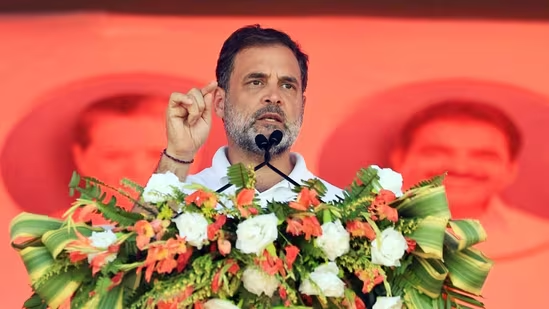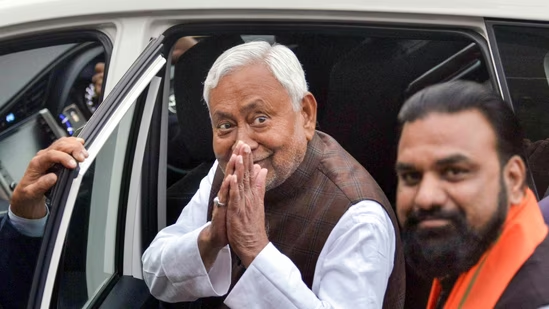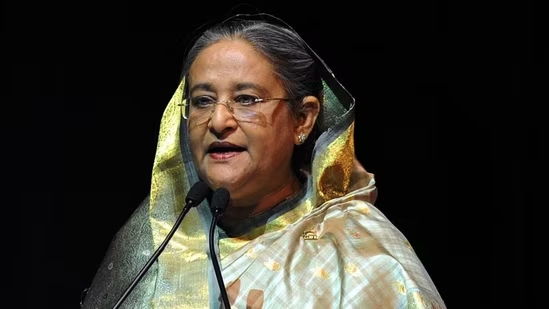The recent move by India to enter into a ten-year arrangement for the management of the Chabahar port represents a risky and strategic move with several implications. It’s important to review the historical background and the geopolitical nuances in order to fully understand the significance of this event.
An Historical Angle
India has been interested in the Chabahar port since at least 2013. The port is located in the Sistan-Baluchistan province of Iran, on the east coast, and has a view of the Gulf of Oman. This place is much closer to India than Bander Abbas, which is on the west coast of Iran. However, western sanctions related to Iran’s nuclear programme impeded progress on Chabahar.
The JCPOA and Its Aftermath
These restrictions were briefly lifted in 2015 when Iran and the P5+1 nations—the US, UK, France, Russia, China, and Germany—as well as the European Union, signed the Joint Comprehensive Plan of Action (JCPOA). India’s promise to build the Shahid-Beheshti terminal at the Chabahar port was made easier by this agreement. Prime Minister Narendra Modi set aside $500 million for this project in 2016. A trilateral agreement was subsequently negotiated between Afghanistan, Iran, and India to facilitate the flow of products between Afghanistan and India. In 2018, the port’s operations were taken over by India Ports Global Limited (IPGL).
However, when former US President Donald Trump pulled out of the JCPOA and reinstated sanctions against Iran in 2018, the geopolitical landscape drastically changed. In spite of this, the Chabahar port was spared from these penalties because of its vital role in maintaining Afghanistan’s stability and allowing India to avoid Pakistan in order to provide humanitarian relief routes. However, the new circumstances hindered India’s progress, especially with regard to building a railway line from the port to Zahedan. This caused dissatisfaction in Iran and prompted sporadic threats to connect Chabahar to Pakistan’s Gwadar port.
The New Agreement
The completion of a thorough framework for collaboration on Monday represented a major advancement. India’s Minister of Ports, Shipping, and Waterways, Sarbananda Sonowal, witnessed the agreement between IPGL and Iran’s Port and Maritime Organisation (PMO), which will enable India to run the Shahid-Beheshti port. With a 30,000-square-metre warehouse and 16 hectares of open storage, this facility occupies a total of 254 hectares.
Strategic Significance of Chabahar
Beyond its convenient location and ease of logistics, Chabahar Port is significant to India. With delays to international commerce lines, Chabahar becomes a crucial substitute for the Suez Canal. Chabahar, which was initially designed to avoid Pakistan in order to reach Afghanistan, also acts as a counterbalance to China’s Gwadar port, which is a component of the China-Pakistan Economic Corridor (CPEC) as part of the Belt and Road Initiative (BRI). China’s growing sway over South Asia and the Indian Ocean has made Chabahar strategically more important.Chabahar is essential to India’s goals of commerce and connectivity since it offers the closest entry point to resource-rich, landlocked Central Asian states. Following the agreement’s signing, Minister Sonowal emphasised Chabahar’s significance as a vital commercial route connecting India with Afghanistan and the nations of Central Asia.
Central Asian Connectivity
Countries in Central Asia consider the Indian market to be quite attractive. Given Central Asia’s abundance of minerals, energy, and raw materials, opening up Southeast Asian markets via Chabahar’s access to the Arabian Sea is essential. Connectivity problems continue to be a barrier to trade, and the unrest in the Af-Pak region makes matters worse. Turkmenistan, Kazakhstan, and Uzbekistan are among the nations eager to join the Chabahar project. A Joint Working Group was created, and in 2023 it held its first meeting.
Expanding Horizons
Chabahar improves India’s access to the Russian Federation, the South Caucasus, the Balkans, and Western Europe, in addition to Central Asia. S. Jaishankar, India’s minister of external affairs, pushed in 2020 for Chabahar to be a part of the International North-South Transport Corridor (INSTC), which would have connected Russia and the countries bordering the Caspian Sea. When compared to the Suez route, the INSTC offers the quickest commerce route between Russia and India, saving a significant amount of money and transit time.
Europe and the Ukraine Conflict
The potential of the INSTC is shown by the continuing war in Ukraine. India needs to look for alternate ways to reach both East and West Europe because Russia is under sanctions and certain European neighbours, like Finland, have closed their borders. The Black Sea route via Iran, Armenia, and Georgia may make it easier to reach Greek ports; this was one of the topics covered by Greek Prime Minister Kyriakos Mitsotakis on his visit to New Delhi in February of this year.
Chabahar in the Broader Geopolitical Context
The importance of Chabahar goes beyond the India-Middle East-Europe Economic Corridor (IMEC), particularly in light of the Gaza situation. From a strategic standpoint, these paths provide substitutes for the Middle Corridor, which is supported by China and Turkey and links Beijing with Europe via Central Asia and the South Caucasus.
India’s Strategic Foresight
In the midst of the present geopolitical upheaval, where China and Russia pose threats to the traditional West-led world order, India’s Chabahar accord displays a strategic vision. As seen by the growth of organisations like BRICS, many members of the Global South are looking at other options. India, which wants to be the leader of the Global South, has to negotiate a challenging diplomatic environment in this regard. India’s determination to uphold its strategic objectives in the face of possible US sanctions and geopolitical pressures is demonstrated by the Chabahar deal.
Proceeding Forward
Following the agreement, plans for additional investments and connectivity measures for Chabahar were revealed by India’s Minister of External Affairs, Jaishankar. While Iran transforms the surrounding region into an industrial, free trade, and tourism zone in an effort to draw in more investments, India looks to the private sector. There is a lot of room for expansion, and India seems committed to seizing this chance.
In conclusion, India’s 10-year port agreement with Chabahar is a strategic win that will improve its geopolitical stature, increase trade connectivity, and establish it as a major actor in the changing global order.






























